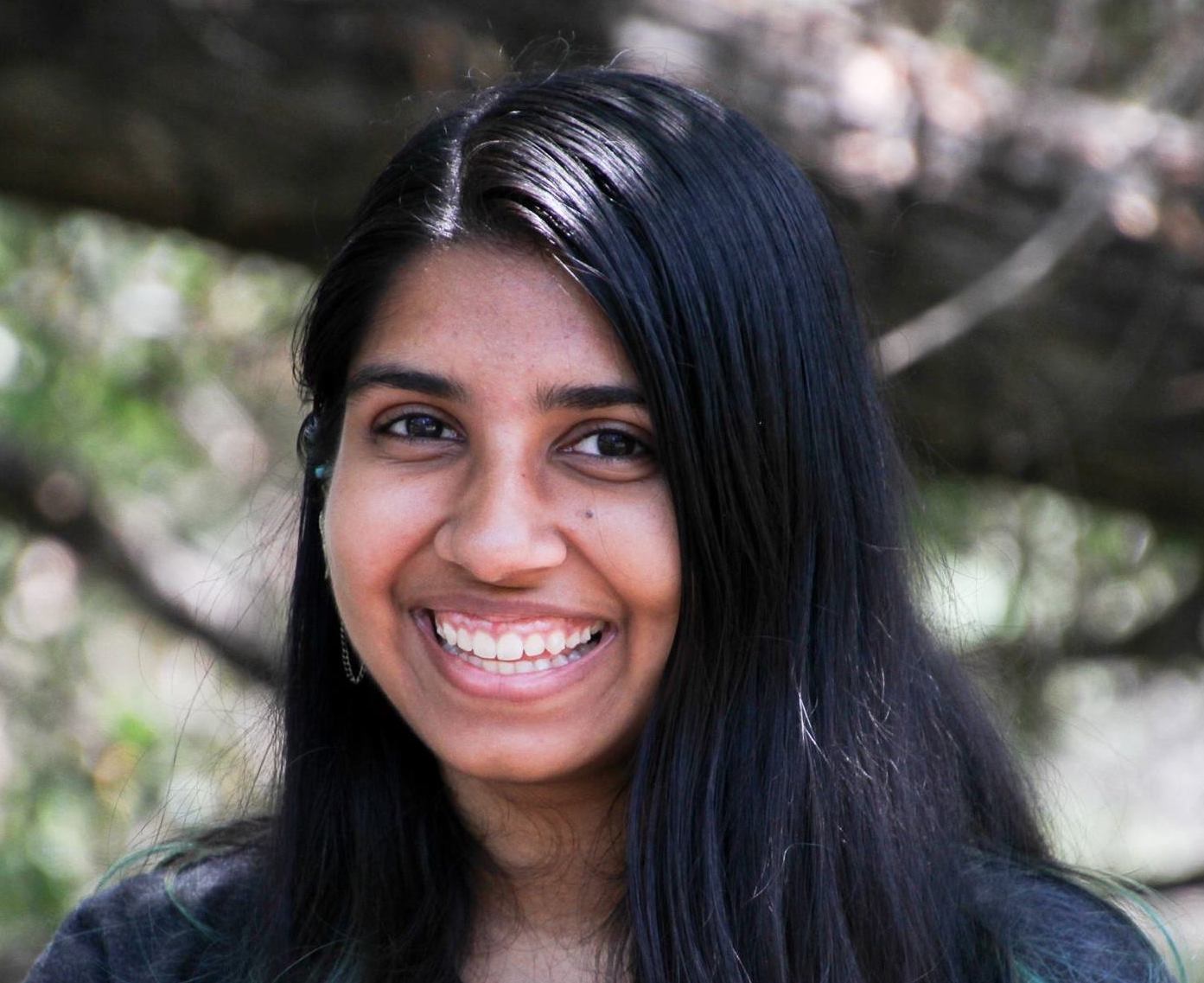Teaching and Advising
Teaching
I have taken opportunities to develop my skills as a teacher in both as both an undergraduate and graduate student. I have been a teaching assistant for the following courses:
- AST 255 - Life in the Universe (Princeton, Fall 2021)
- AST 204 - Topics in Modern Astronomy (Princeton, Fall 2021)
- Ay 1 - The Evolving Universe (Caltech, Spring 2017, Spring 2018)
- Ph2b - Quantum Mechanics (Caltech, Winter 2018)
In addition to being a teaching assistant, I have also worked one-on-one with students from Pasadena public schools struggling with math and science through the Caltech Y RISE Program (2014-18). During my time at Caltech, I was also a tutor with the Hixon Writing Center, where I worked with students and researchers on developing their academic writing skills through both one-on-one tutoring and group workshops.
Advising
I have had the pleasure of working with two students on their undergraduate summer research projects and junior papers.
Jupiter Ding - Miscentering of HSC CAMIRA clusters based on ACT SZ counterparts
For his 2022 Princeton Undergraduate Summer Research Program project, and his subsequent Junior Paper, Jupiter is studying the miscentering effect in optical galaxy cluster finding algorithms. He has cross-matched the CAMIRA cluster catalog from the Hyper Suprime-Cam survey with a catalog of SZ clusters from the Atacama Cosmology Telescope, resulting in a sample of nearly 200 clusters. He has used this sample to show that about 25% of CAMIRA clusters have a center that is significantly offset from the SZ center, in agreement with previous miscentering studies with smaller samples. Jupiter is now exploring the potential causes of the miscentering, and has found that miscentered clusters are 2x more likely to be merging, and that observational artifacts and bright star masks can also significantly impact the determination of the cluster center. This miscentering effect is important to model in cluster lensing studies, and can also impact our studies of Brightest Cluster Galaxies, and Jupiter is making important contributions to our understanding of the effect. Jupiter recently received a Chambliss Award for his presentation of this work at AAS 241. Keep an eye out for his paper, which we hope will be out soon!
Savannah Pobre - Understanding tests of Brightest Cluster Galaxy “specialness”
As a participant in the 2021 Princeton Undergraduate Summer Research Program, and for her Junior Paper, Savannah looked at tests we can use to ascertain whether Brightest Cluster Galaxies are consistent with being drawn from the luminosity distribution of other galaxies in the galaxy cluster, or whether they have their own “special” distribution. Savannah examined one particular test of BCG specialness, the Tremaine-Richstone (TR) statistics, to understand why there are cases in which the two statistics can suggest different conclusions about BCG specialness, and to determine which of the two statistics is more reliable in these situations. She used simulations of galaxy clusters with known luminosity distributions and BCG properties to find that the first TR statistic is more reliable than the second, which will be important for future studies of BCG properties to keep in mind! Savannah’s work is now published in the Research Notes of the American Astronomical Society.
